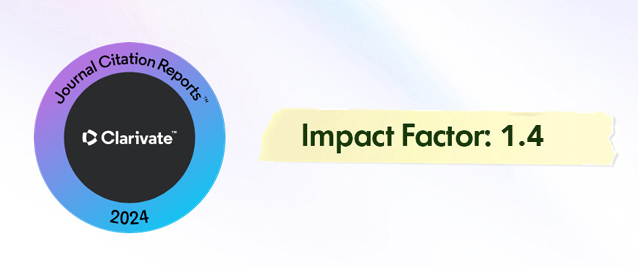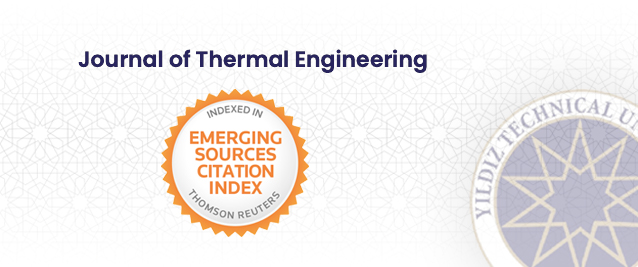Abstract
This study illustrates a factory’s production efficiency by demonstrating its energy efficiency in the dairy milk industry. Determining the thermal energy to save energy enhances the prof-itability of the factory. The aim of this study is to conduct a thermal energy and production analysis of a dairy milk factory based on annual production. This study intends to make the conclusions more realistic by using production and energy data dependability analysis. The overall power consumption for the thermal and electric energy processes was found to be as 180,520 [W]. The target-specific energy consumption value was computed for Case 1 as 6,352.14 [MJ/t], for Case 2 as 5,898.67 [MJ/t], and for Case 3 as 5,445.21 [MJ/t]. The annual thermal (steam boiler) and electrical energy expenditures were obtained, with 315.87 [kW] of thermal (steam) energy and 80.98 [kW] of electrical energy. The total thermal and electri-cal energy reached 396.85 [kW]. Despite the factory’s expenditure on thermal and electrical energy, the energy efficiency was determined to be as 45.5%. The input energy was obtained to be 374.24 [kW] in Case 1, 356.33 [kW] in Case 2, and 342.08 [kW] in Case 3. The energy efficiency was calculated as 48.2 [%] for Case 1, 50.7 [%] for Case 2, and 52.8 [%] for Case 3. This study, which is expected to inspire future research, is also likely to assist livestock and agriculture in the energy field. The novelty of this study is that optimizing product efficiency and energy consumption in the production of milk and dairy products positively increases the energy efficiency of factories.























